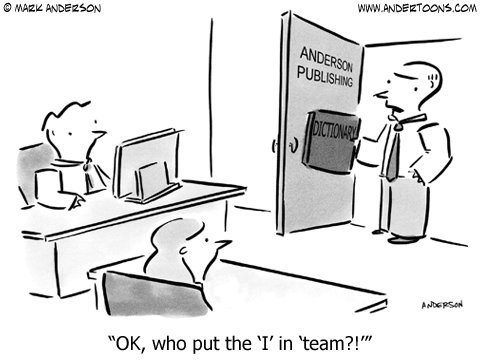
As this course progresses I am becoming more aware of the power of online learning to radically transform educational experiences. I believe for the most part this will be for the better. But I am also believe that technology alone will not transform learning – strong pedagogy combined with the use of technology will achieve this.
If teachers are going to incorporate digital literacy into their practice if think it is also crucial that they also reflect on how digital tools and online collaboration can enhance their own research and educational experience. Topic 3 really prompted me to reflect upon the connections between digital tools and the kinds of meaningful learning opportunities I myself am interested in.
The idea of connectivsm as one of the core tenants of online learning, as proposed by Siemens (2005), really resonated with my own experiences of being part of a larger online network of researchers. Siemens describes the transformation of learning in the digital age from a more singular experience, based on individual knowledge acquisition, to something that now occurs through interaction and participation in communities. In this optic information sharing practices open up possibilities for the individual learning for more effective research, co-construction of knowledge and social learning skills.
Siemens (2002) notes that learner-learner interactions in an e-learning course can be viewed as a four stage continuum:
- Communication
People ‘talking,’ discussing
- Collaboration
People sharing ideas and working together (occasionally sharing resources) in a loose environment
- Cooperation
People doing things together, but each with his or her own purpose
- Community
People striving for a common purpose
It is this idea – one that focusses on learners are active contributors to larger knowledge networks – that I believe could be most useful in promoting collaborative learning amongst students. Shifting the paradigms of learning away from individual based experiences, or even group work in the very traditional sense, towards a more collaborative process would greatly benefit learning experiences for both teachers and students. As Brindley, Blaschke & Walti. (2009) explain, while creating effective learning groups requires a number of considerations, the result is that learning becomes deeper and critical thinking skills develop. Collaboration also offers possibilities for reflection and co-creation of knowledge, but it also can create stronger bonds ‘between and among learners as their knowledge construction depends on each other’s contribution to the discussion.’
The tips to encourage positive collaborative learning Brindley, Blaschke & Walti. (2009) suggest are also extremely helpful in this respect:
- facilitate in the beginning
- create a good balance between structure and autonomy
- nurture a sense of community
- monitor student activity closely and actively
- find relevant group tasks
- choose tasks which demand collaboration
- provide sufficient time
Learning to integrate these practices may take time and effort on the part of the teacher, but ultimately I increasingly coming to see the enormous benefits that this can provide.
Resources:
Brindley, J., Blaschke, L. M. & Walti, C. (2009). Creating effective collaborative learning groups in an online environment. The International Review of Research in Open and Distance Learning, 10(3).
Siemens, G. (2005). Connectivism: Learning theory for the digital age. International Journal of Instructional Technology and Distance Learning, 2(1), January 2005. Retrieved May 25, 2008, from http://www.itdl.org/Journal/Jan_05/index.htm
Siemens, G. (2002). Interaction. E-Learning Course. October 8, 2002. Retrieved May 19, 2008, from http://www.elearnspace.org/Articles/Interaction.htm